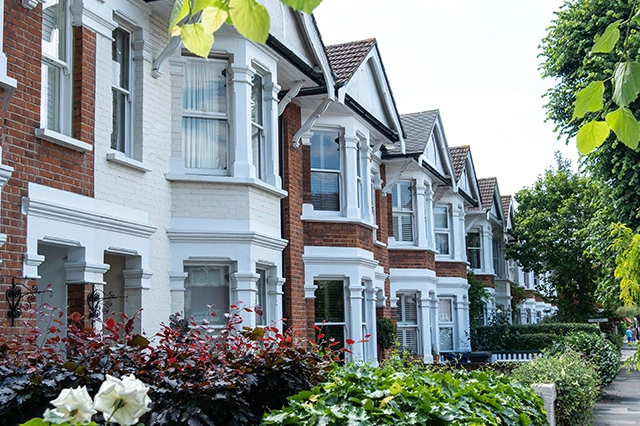In the United Kingdom, the housing market has seen a significant rise in the popularity of Houses in Multiple Occupation (HMOs).
This trend reflects changes in housing needs, economic pressures, and evolving preferences among renters and investors alike. Understanding what HMOs are, why they are becoming more prevalent, and their implications for both landlords and tenants is crucial for anyone navigating the UK property market.
What is an HMO?
A House in Multiple Occupation (HMO) is a type of rental property that is shared by three or more tenants who are not part of the same household (i.e., they are not family members). Each tenant typically has their own private bedroom but shares common areas like the kitchen, bathroom, and living room.
HMOs are regulated by specific rules that address safety, health, and welfare standards, differentiating them from other types of rental accommodations.
The Average Cost of Renting a Room in an HMO
The cost of renting a room in an HMO varies widely across the UK, depending largely on location.
For instance, rental costs in major cities like London, Manchester, and Birmingham are typically higher than in smaller cities or rural areas.
On average, renters can expect to pay anywhere from £350 to £550 per month for a room in an HMO outside of London, with prices in the capital averaging between £500 and £800 per month. These costs often include utilities and council tax, which can make HMOs a cost-effective option for many tenants.
Benefits to Landlords
For landlords, HMOs offer several attractive benefits, making them a popular investment choice:
- Higher Rental Yields: By renting out individual rooms rather than a whole property to a single tenant or family, landlords can generate a higher total rent. This can significantly improve the yield from the property. Landlords that have a property portfolio consisting of HMO’s will see greatly increased rentals.
- Risk Diversification: With multiple tenants, the financial risk is spread out. If one tenant leaves or cannot pay rent, the impact is less severe compared to a single-tenancy property.
- Demand Consistency: There is a steady demand for affordable, flexible housing, particularly in urban areas and university towns where young professionals and students are likely to seek short-term, cost-effective housing solutions.
Why the UK Is Seeing More HMOs
The increasing emergence of HMOs in the UK can be attributed to several factors:
- Housing Affordability Issues: With rising property prices and stagnant wage growth, many individuals find it challenging to afford their own home or rent an entire property. HMOs offer a more affordable solution for many, especially in expensive urban areas.
- Changing Demographics: There is a growing population of students, young professionals, and international workers who prefer flexible and less costly living arrangements. HMOs cater perfectly to this demographic.
- Legislative Support: Changes in UK housing laws and regulations have made it easier for landlords to convert properties into HMOs. These regulatory frameworks ensure that safety standards are met while encouraging the development of HMOs to meet housing demands.







